Countdown to largest exhibition event in Tehran
Tehran is to host its 29th International Oil, Gas, Refining and Petrochemical Exhibition dubbed as Iran Oil Show 2025 with the aim of introducing the country's industrial and commercial capabilities in the oil and gas sector.
The event, being held in the capital's permanent fairground through May 7-10, is also hoped to provide a platform for staying connected with the latest technologies, products, and innovations in this field.
The exhibition is one of the largest of the energy industry in West Asia, where a record number of more than 2,000 Iranian and foreign companies are expected to participate. It is a unique opportunity for professionals, investors and corporates of the oil and petrochemical industry to network, exchange information and develop international partnerships.
The participation of leading companies from around the world provides an opportunity to interact with the latest technological achievements and create new business opportunities.
The exhibition follows closely after the National Iranian Oil Company (NIOC) held the "transformation in investment and development in Iran's upstream oil and gas" conference in Tehran on April 15.
The conference featured unlocking investment and financing opportunities in 200 projects worth more than $137 billion, including about 100 projects in oil fields and the upstream sector and another 100 in the oil industry value chain.
The International Oil, Gas, Refining and Petrochemical Exhibition this year is held under the slogan of "investment in the oil industry, a guarantee of economic growth and development".
Leader of the Islamic Revolution Ayatollah Seyyed Ali Khamenei has named the new Iranian year as the year of investment for production, describing it as one of the important issues in the Iranian economy.
Being the main focus of its economic development, Iran's oil industry is a treasure trove of investment opportunities. The country ranks first in terms of combined oil and gas reserves in the world.
Officials have said it requires an investment of about $250 billion in the upstream and downstream sectors over the next eight years.
The upstream sector is tipped for a major boost to reach a production plateau of 5.7 million barrels per day of crude oil and 1.5 billion cubic meters of gas.
There is also an investment opportunity of about $35 billion to create a new capacity of about 40 million tonnes per year in the petrochemical sector, and about $80 billion for 1.5 million barrels per day in the refining sector.
Despite the setbacks it has experienced over the past two decades as a result of economic sanctions and lack of strategic investments, the oil industry remains the driving force of the Iranian economy.
The sector is still the most important source of government revenue, and a provider of public welfare through fuel and energy supplies, besides creating added value in production, industry, and services due to the cheapness of its carriers.
For nearly two decades, however, the Iranian economy has been facing an investment drought which has affected development variables and reduced the country’s competitive edge in many political, economic, and security areas of power in the region and the world.
In the absence of productive investment platforms, the stranded capital has trickled into the speculative, brokerage, and rent-seeking segments, disrupting economic stability and order.
Existing imbalances in the energy, monetary and banking systems are the result of stagnation in productive investments and enterprises, but none more so than the oil industry.
The impact on the oil industry has not been limited to the economic nuts and bolts, but Iran's political and security clout has also been dented as a result of weakened position in the oil market on the one hand, and lower share of global financial turnover and technical and engineering flows on the other.
For the record, the average recovery rate from Iranian oil fields is about 25 percent. This figure with current development technology in the world is 50 percent and in the Persian Gulf countries - not least Iraq - more than 40 percent.
After the primary recovery which uses reservoir pressure to extract oil, water is often injected to sweep or displace oil from the reservoir, and push it towards a well.
Most of Iran's oil wells are in the second half of their lives, with eight percent of oil production dropping automatically each year.
By focusing on the latest innovations, technologies, and industrial solutions, the Iran International Oil, Gas, Refining and Petrochemical Exhibition aims to play a vital role in the country's economic development and the prosperity of the energy sector.
The exhibition is an opportunity for foreign companies to establish commercial and industrial interactions with Iran and to take a stock of new ways for cooperation and exchange of technology and expertise with their Iranian peers in the face of sanctions.
There are high hopes that these interactions would lead to the signing of international agreements and the development of joint projects in various fields, including the development of energy infrastructure, refineries, and downstream petrochemical industries.
Yemen opens trial for 13 people charged with spying for CIA, Israel
Egypt says Rafah will not be a channel for Palestinian displacement
Chinese Army calls on Japan to stop its ‘slanderous acts’ amid tensions
Iran’s mega water transfer and coastal industrial pivot
Majority of Americans oppose war on Venezuela
Missiles with strike radius beyond Persian Gulf length used in IRGC drill: Parl. speaker
US National Security Strategy is written for Israel: Tehran
VIDEO | Press TV's news headlines


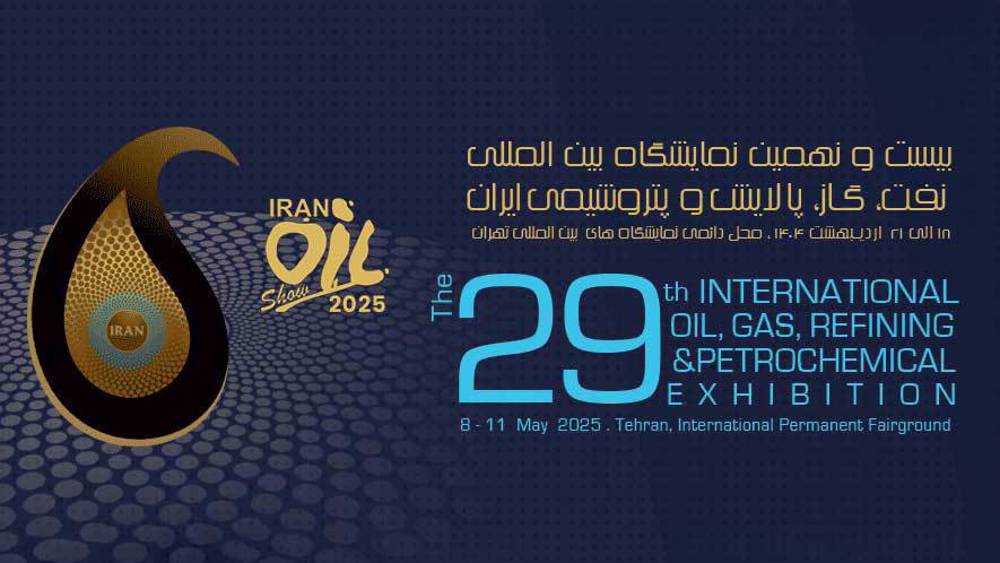
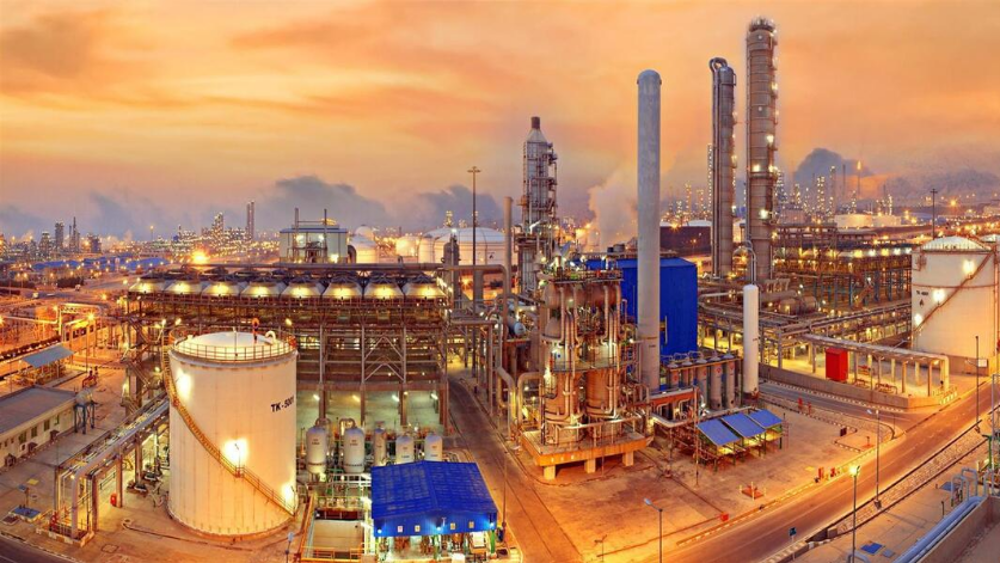

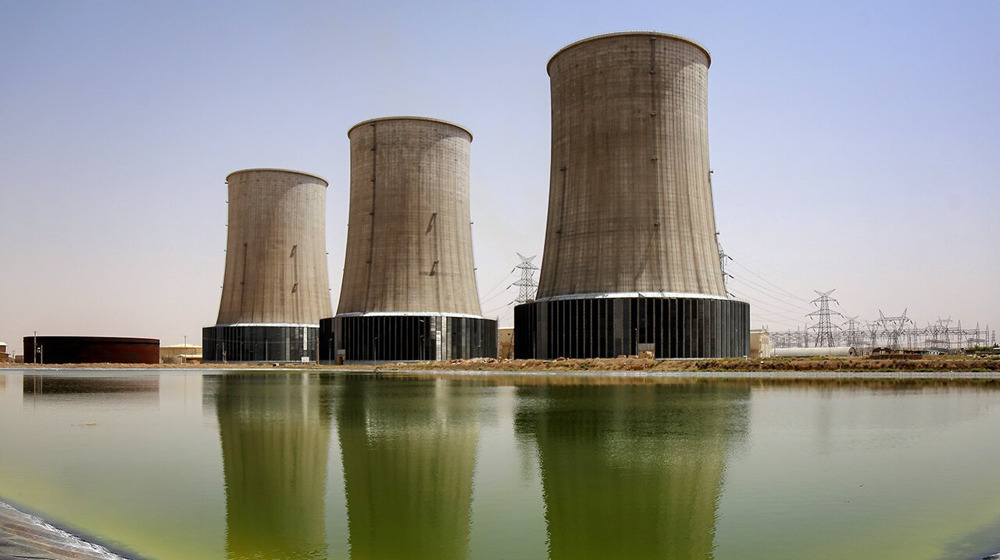
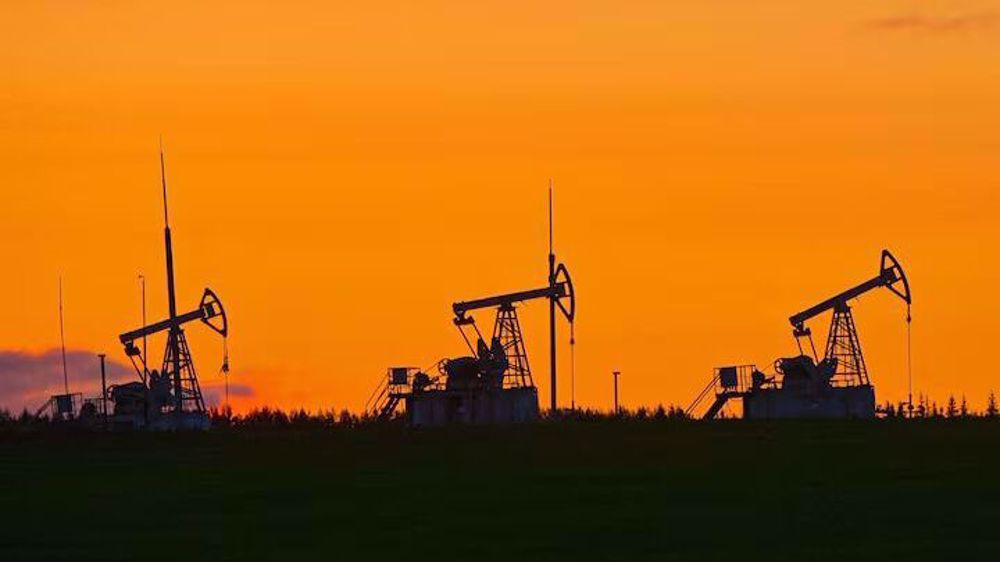

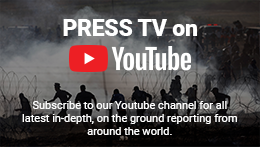


 This makes it easy to access the Press TV website
This makes it easy to access the Press TV website